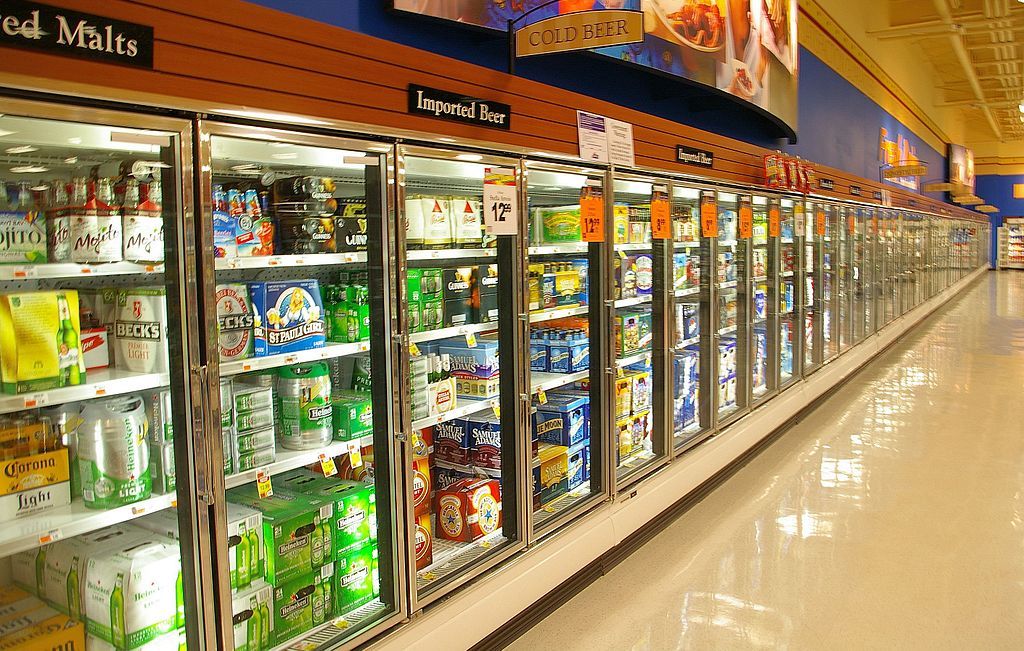Another fundamental improvement to ordinary lives in which Sears played a notable part was refrigeration. Mass supply of ice for urban markets goes back to the 1820s in Massachusetts. This was kept cool by the use of packing-straw. A Maryland farmer, Thomas Moore, invented an ice-box to take butter to market. It was an oval-shaped cedar tub with a metal container surrounded by ice. This was not a refrigerator as such, of course. Americans patented ice-making machines in the 1830s and they became numerous in the 1850s, the cooling effect depending either upon the expansion of compressed air or upon the evaporation of very volatile liquids such as liquified ammonia. But only after the Civil War did the ice-market take off.
Sears seized on this expansion of the industry to introduce cheap refrigerators. His 1897 catalog already devoted two pages to fridges or ice-boxes. But the ice-box system was unsatisfactory because it required deliveries by an iceman. In 1914 a Detroit firm, Kelvinator, began experiments to produce a genuine refrigerator based upon an automatic control device which maintained a constant temperature – and marketed the first one in 1918. It was bought by General Motors and sold as the Frigidaire. The Frigidaire went from 10,000 units in 1920 sold at $600 to 560,000 in 1928 sold at an average of $334 – typical of the way in which mass production reduced prices. By 1939 Sears was selling its special models for as little as $131.
Food, housing, warmth, refrigeration, light, and power – blessings denied in adequated quantities, or even at all, to most of humanity for countless generations of deprivation – were suddenly made available, in less than a life time.

